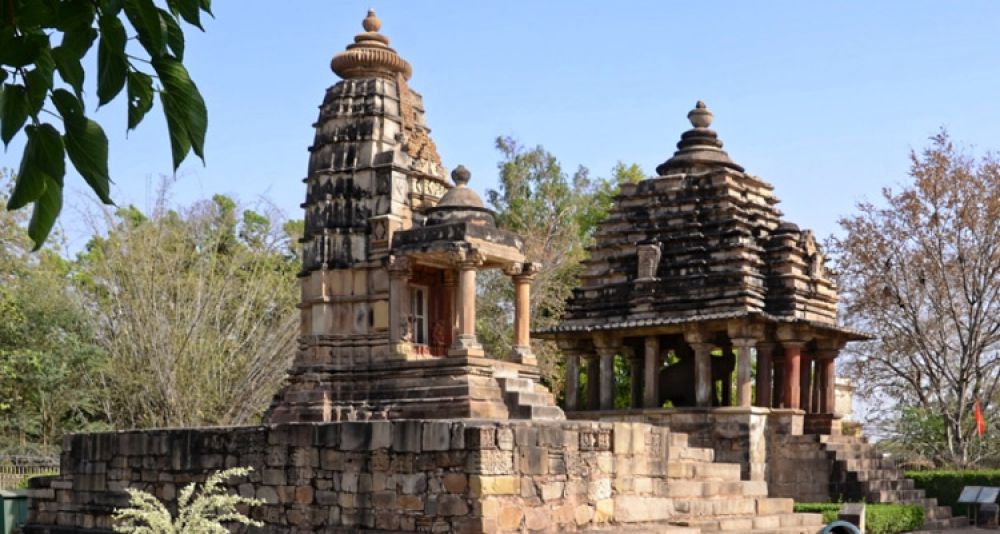

The allure of Khajuraho, a town in the Indian state of Madhya Pradesh, has been significantly shaped by its captivating group of medieval temples. Among these, the Lakshmi Temple stands out, dedicated to the goddess of wealth and prosperity in Hindu mythology. The history of tourism in Khajuraho, along with its remarkable temples, dates back to their rediscovery by British engineer T.S. Burt in the 19th century.
Constructed around the 10th century, the Lakshmi Temple in Khajuraho is a smaller shrine part of the larger Western Group of temples, which is a UNESCO World Heritage Site. This temple, like others in Khajuraho, exhibits the rich legacy of the Chandela dynasty, which was known for its patronage of the arts and architecture. Even though less renowned than the massive Kandariya Mahadeva or the intricately detailed Devi Jagdamba temples, Lakshmi Temple adds to the diverse representation of deities that are a hallmark of the Khajuraho complex.
Tourism in Khajuraho initially took off following its recognition by UNESCO in 1986. While initially visited mostly by historians and art enthusiasts, the temples of Khajuraho, including the Lakshmi Temple, gradually began to attract tourists from around the globe. The site became an essential part of the Indian tourism circuit, notably for those interested in ancient architecture, spirituality, and the erotic sculptures that these temples are often associated with.
In recent years, the Indian government and various international bodies have taken significant steps to preserve and enhance the tourism experience at Khajuraho. Modern amenities and better connectivity have made the temples, including the Lakshmi Temple, more accessible to visitors. Festivals like the Khajuraho Dance Festival have also become a major draw, showcasing classical Indian dances against the backdrop of these historical temples.
Sustainable tourism is taking center stage, with efforts to ensure that the increase in tourists does not adversely affect the temple complex. Moreover, the tourism industry is adopting technology, with virtual reality, audio guides, and mobile apps enabling more immersive experiences for visitors. The emphasis on experiential travel has led to tourists seeking not just sightseeing but also the experience of local cuisine, customs, and lifestyles. In response, Khajuraho, with attractions like the Lakshmi Temple, is offering a more holistic travel experience.
Even though the Lakshimi Temple is less grandiose than other temples around it, it remains a fine example of the artisanship of the time. Today, it holds a place in the broader narrative of Khajuraho's heritage and continues to enchant those who visit it, playing a part in the collective charm that makes Khajuraho an extraordinary place in the heart of India.
Overall, the Lakshmi Temple, like its counterparts in Khajuraho, tells a story of historical opulence, intricate artistry, and evolving tourism practices that aim to preserve such wonders for generations to come.